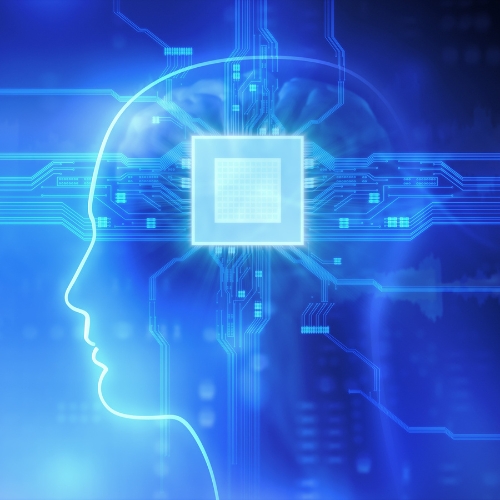Key points from article :
People who can’t speak or write because of paralysis have limited ways of communicating.
Edward Chang, who led the work says “... we’re at the very beginning of a new chapter, a new field”.
Researchers developed a “speech neuroprosthetic” for decoding the brainwaves.
Which controls the vocal tract, muscle movements and larynx that form each consonant and vowel.
The man who volunteered to test the device was in his late 30s.
Computer analyzed the patterns when he attempted to say common words.
Prompted to questions like “How are you today?” to the answer “I am very good”.
They started him to try to say specific sentences rather than answering open-ended questions.
David Moses, lead author says "It takes about three to four seconds for the word to appear on the screen..."
Next steps include improving the device’s speed, accuracy and vocabulary size.
Research by University of California, San Francisco published in The New England Journal of Medicine.






